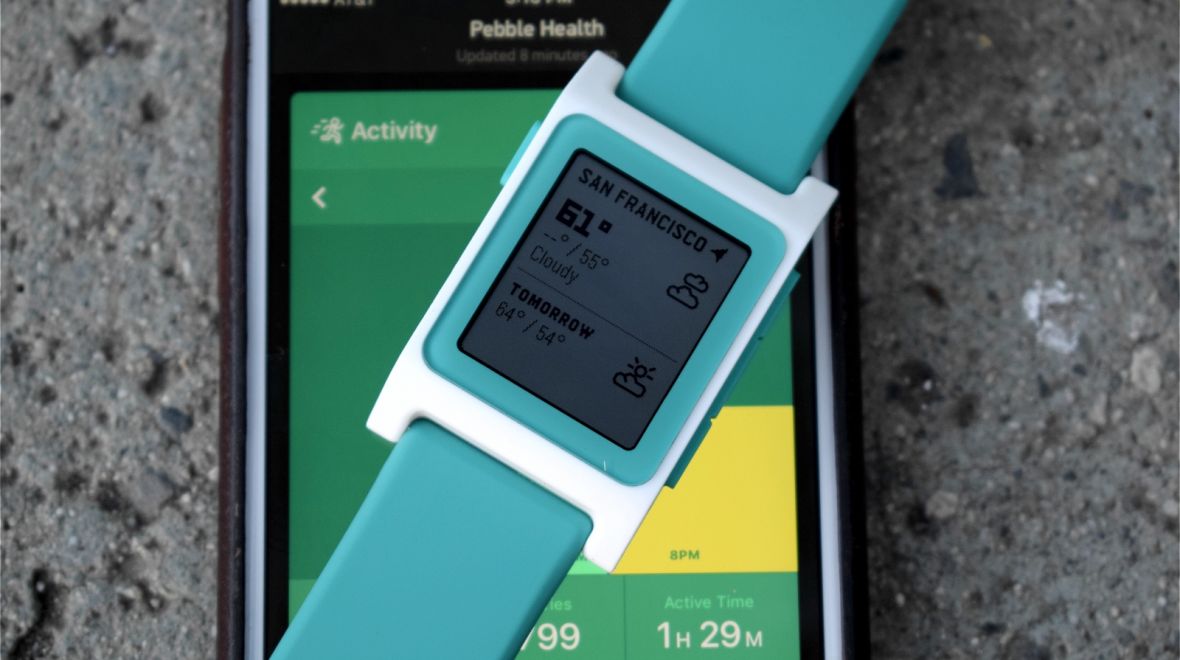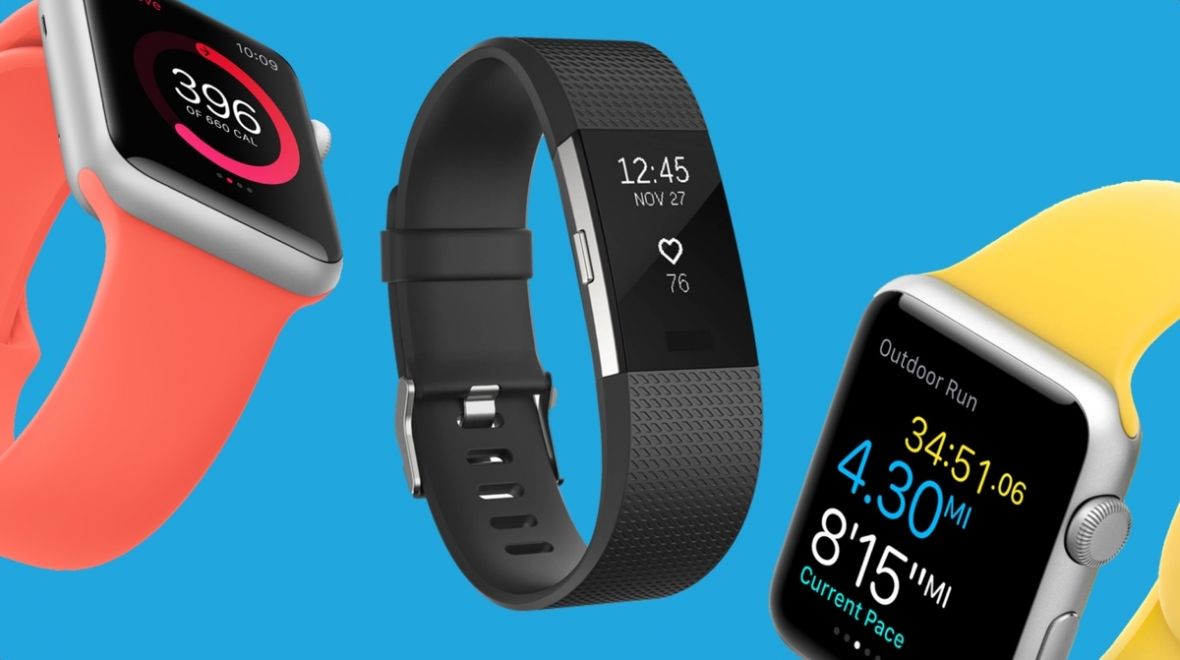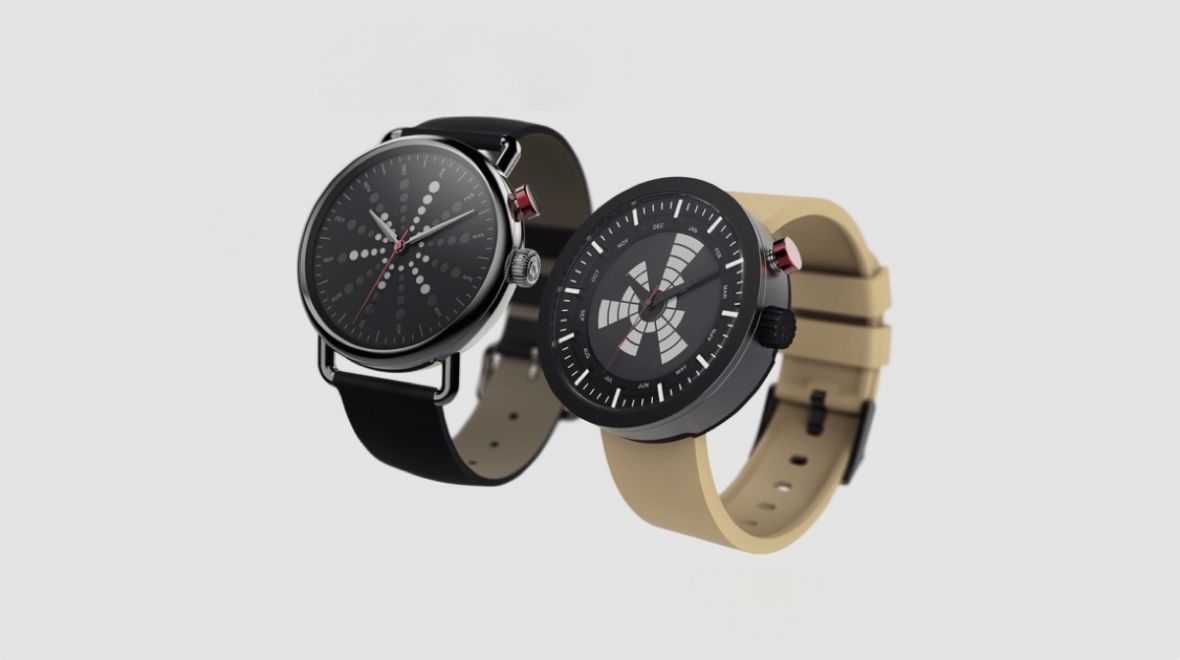“These early supporters, they just came to us and were just smiling ear to ear,” Alex Lee, director of sales and marketing at Dot, told us. “Some of them come with their parents and their parents are smiling ear to ear. These are the real life situations we are seeing when we come to work.”
The Dot smartwatch is like no other smartwatch. There’s no touchscreen display to swipe your way through menu screens or Siri-style virtual assistance. But it can receive notifications, whether that’s from WhatsApp or a text message. It pairs to a smartphone via Bluetooth and uses the startup’s 4-Cell Braille Technology that enables the blind and visually impaired to read messages, respond to them and even dismiss them.
Contrary to recent reports that the Dot is now available to buy, it’s not quite ready for the masses, as Lee explained. “We have been shipping testing models to various sources but we’ve been holding it back until we are very sure and confident about the quality and polishing the UX, which involves our platform and the watch itself.” Dot has just concluded its Korea beta testing, which included 100 different testers and has submitted 20-30 samples globally for a “very closed beta”.
Joining the design dots
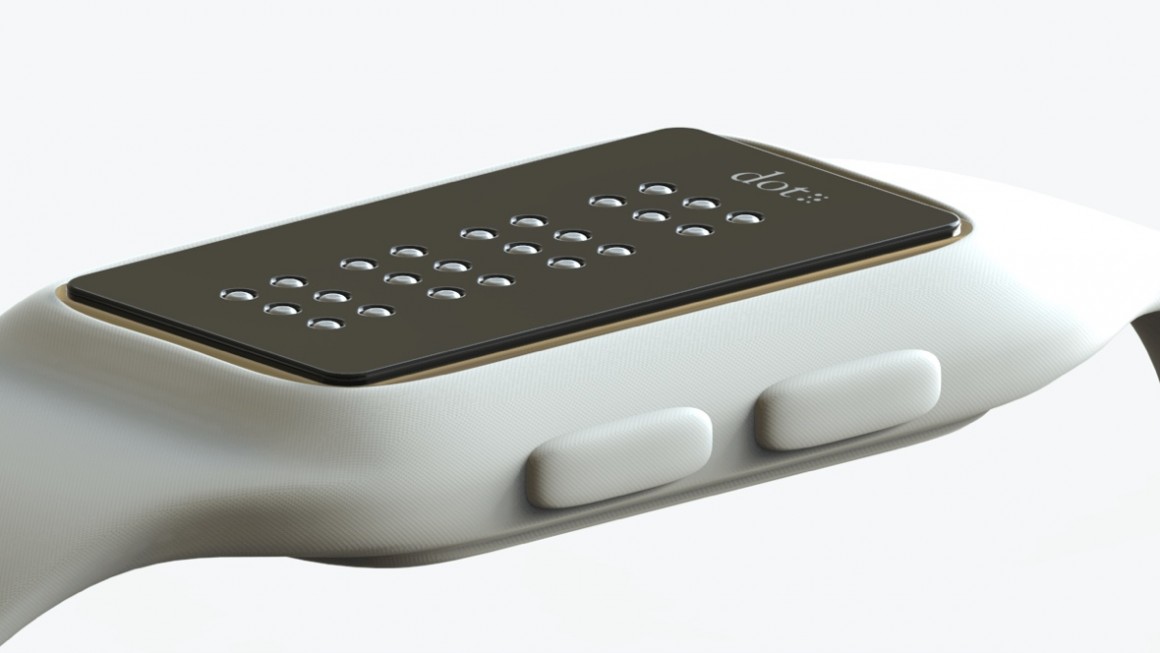
We first heard about the Braille smartwatch back in 2014 when the wearable looked very different from its final design. We are now up to generation three, which is pretty much ready for release, apparently. The first and second generation versions went through hundreds of samples and mock-ups and the slim, almost fitness-tracker like body has gone, replaced with a more traditional round watch body. “The square design was mocked up but when we imagined the watch, we wanted to bring it back to the original watch design”, chief design officer Mason Joo told us. “We wanted to go with a timeless design that was a proven design. After many iterations of mock-ups and samples we had to make a compromise on how much hardware we could fit into the device. The circular approach meant we could allocate more room than a square model.”
The project has not an been easy one and continues to throw up its challenges as this ambitious startup tries to bring innovation to an industry that hasn’t seen anything new or groundbreaking over the last 40 years, according to Dot’s research. The vision has always been clear – to offer something beyond the standard piezo-electricity tech used in current generation notetakers and refresher displays for the visually impaired, which has to be fitted into laptop sized equipment. It’s about shrinking that into something that’s affordable, portable and more accessible for visual impairment peers – or ‘VIPS’ as the company refers to them as.
One of the most problematic aspects unsurprisingly has been the display, which is something Dot has worked on from scratch and uses elements such as haptic feedback to detect movement of the fingers. As its prospective users and current beta testers will spend most of the time here more than any other part of the watch, it’s been an intricate process to get it right. “For the sake of the comparison, most of us are using QWERTY keyboards, but if someone were to shake up the layout of the keyboard, there’s going be a learning curve,” Lee said. “It’s similar for us because our cell display is Braille so anyone accustomed to Braille will be able to learn it very quickly. The core technology we have been building is completely different to what powers existing technology. Even with the app we are starting from scratch. We’re having to envisage an entirely new UX that hasn’t been done before. The biggest challenge that we are still facing right now is trying to envision a blind and visually impaired UX from a sighted person’s perspective.”
Keeping the smarts simple
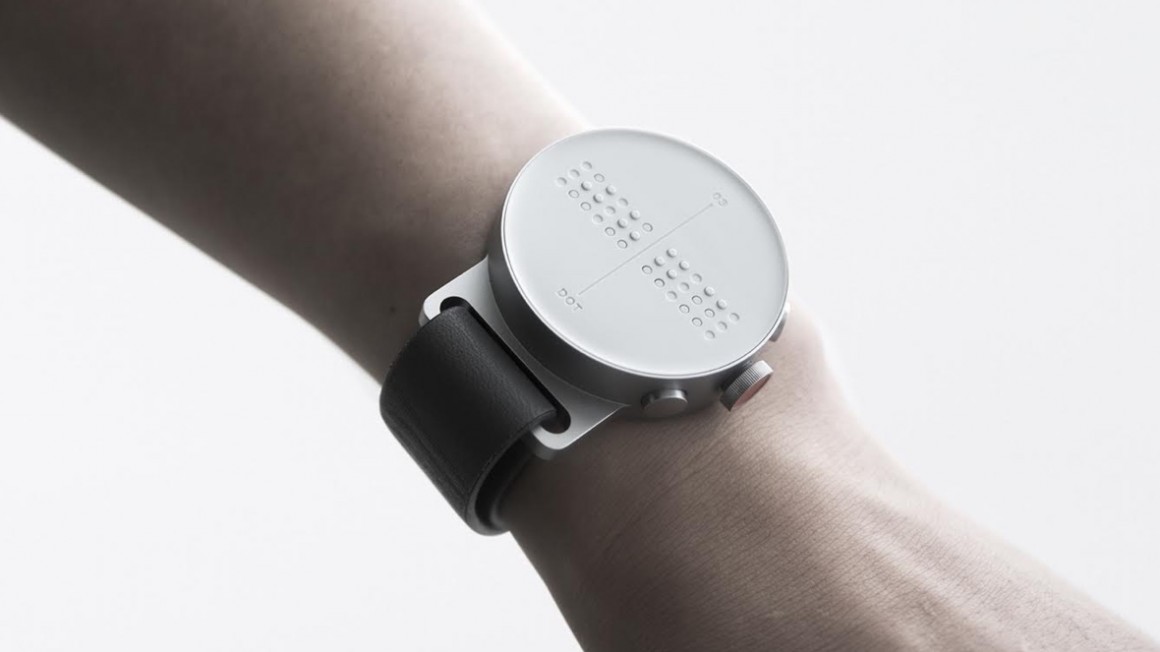
Unsurprisingly when there’s talk of smartwatches, it’s not long before a certain Apple Watch gets a mention. Dot says it’s not trying to make a Watch rival, although its emergence along with other full-featured smartwatches has certainly played its part in deciding which smartwatch features it should focus on. “It’s not a complex smartwatch,” Lee said. “We thought a lot about the features that some other smartwatch companies tout like being able to listen to music or making calls. We wanted to focus on a couple of things. The first was to stabilise our dot cell technology and to become a new market standard.”
Along with notification support, the Dot will also tell the time, let you set alarms, use it as a stopwatch and also includes accelerometer and gyroscope motion sensors. One of the features that has been overlooked is that the Dot will also let you practice Braille and there’s plans to localise languages to be able to translate words that can pop up onto the watch.
Wearables save the day
“Right now, our watch is about keeping people moving,” Lee said. “We don’t want you to read a whole email while you are walking or when you’re out and about. It gives the VIPs a choice without resorting to voice assistant. They’re not going to have to get the full message read out to them.
In comparison to Apple Watch, the Watch dictates a good amount of market share with the visual impairment community because of the advent of Apple’s voice control support. It’s really popular. Most of our visually impaired friends have the Apple Watch just for that function. But it wasn’t designed for VIPS from the get go.”
Dot’s chief designer Mason Joo feels that smartwatches have injected life into the watch market and believes they’re here to stay.”The smartwatches have been creeping up as the industry standard for watches,” he said. “With the advent of more prestigious watch makers like Tag Heuer who have released their own smartwatch it’s unavoidable and inevitable that there is a certain movement towards it.
I think it’s a more fun and dynamic place to be in and promotes more creativity as it does leave a lot more room for user customisation and user experience. While the timeless analogue watches are still there and in full force, developing a smartwatch brings a whole new spectrum in terms of design.”
Life beyond the wrist
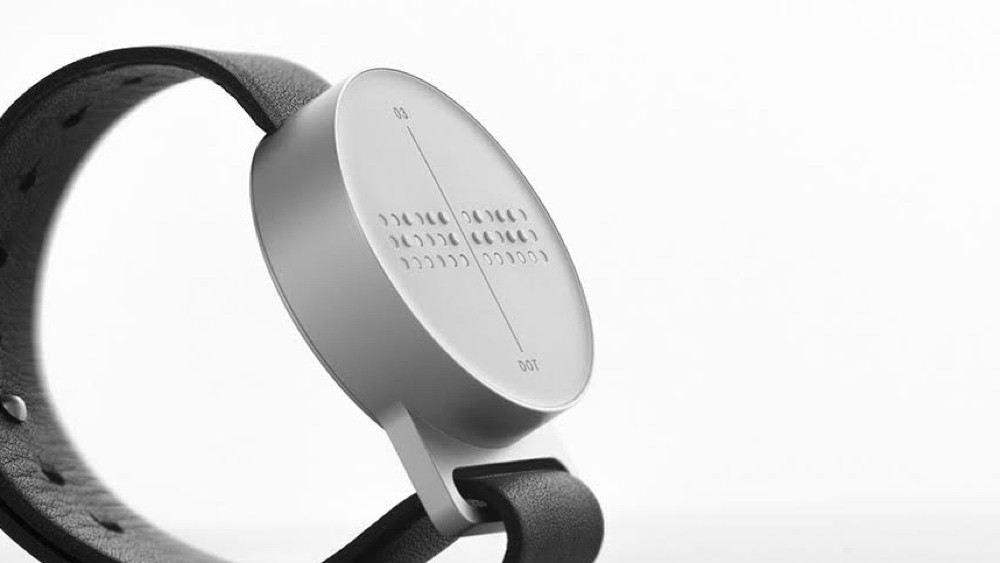
While the first generation smartwatch is still a work in progress, that hasn’t curtailed thoughts of what comes next whether that’s in smartwatch form or an entirely new device altogether. “Dot Watch 2 is something we are already thinking about”, Lee said. “We’re thinking about something that offers more than just Bluetooth connectivity, maybe a chipset that allows for active GPS. We really have to think about the form factor though, because it’s really packed in there right now.
Lee and Joo also told us that during testing with the watch users were keen to know how much they could actually read on the device. Could they sit down and read an entire book on it? That leads to another device on the roadmap, which is the Dot Pad. A pad-like device with a multi-layer graphical display that could for example greatly benefit the growing number of blind coders. There’s also talk of a simplified version of the watch that takes the smarts out and is something closer to an automatic watch. There’s work on the Dot Mini, a device that resembles the first generation iPod and is being built for emerging regions that can be used for books and e-books. The company is even talking to several different entities with the idea of creating kiosks for navigation. So if you don’t know the local language, you can go into the kiosk and read the tactile graphics.
It’s all about keeping in perspective who the Dot Watch and many of these future devices are for and why that’s so important. “There hasn’t been any innovation for these communities”, Joo said. “We are hoping we can be the pioneers for this, that little drop in the ocean that starts a wave. I want more change and what we are doing here is just the first baby step. Maybe it puts some pressure on the major tech companies and manufacturers out there, maybe it brings more attention not to us but to the people we are trying to help. We have so many options but for our customers they don’t have these options. The ability to give them that option is the biggest thing.”
SOURCE:https://www.wareable.com/smartwatches/dot-braille-smartwatch-designer-interview
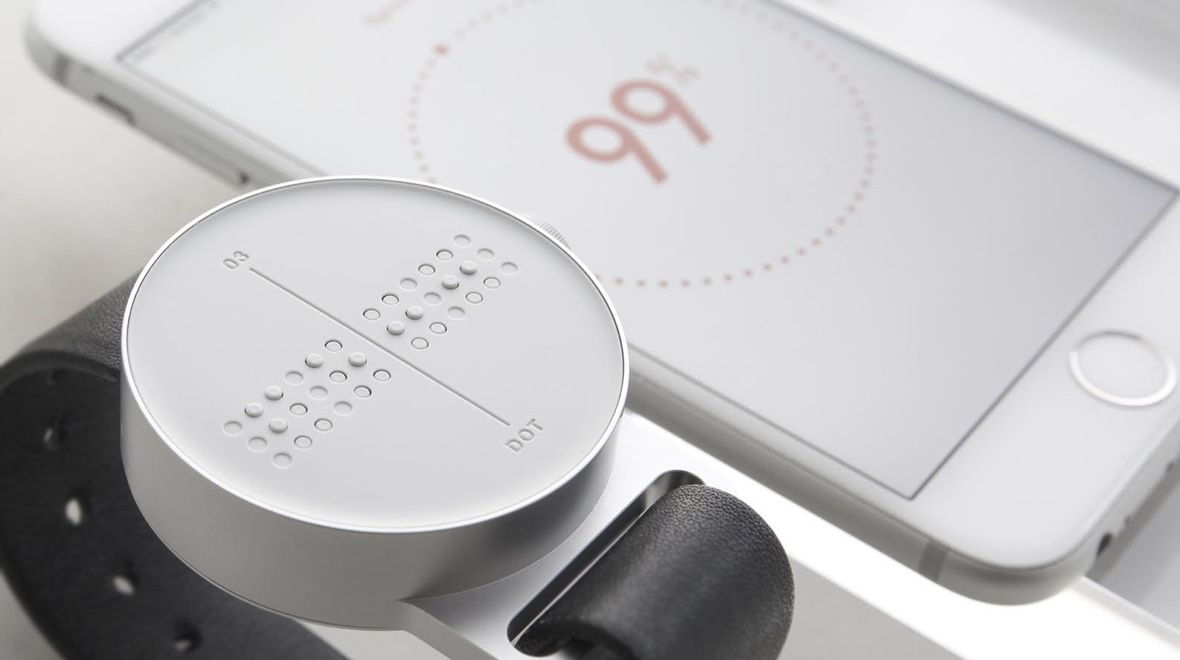
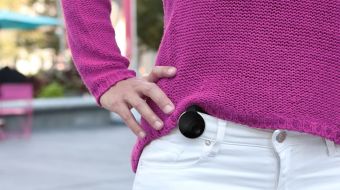 The challenge of building a personal safety wearablePlan for the worst, hope for the best
The challenge of building a personal safety wearablePlan for the worst, hope for the best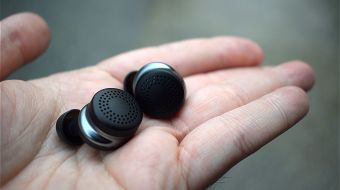 Doppler Labs gives hearing aids a rethinkThis new bill would be great for hearables and… hearing
Doppler Labs gives hearing aids a rethinkThis new bill would be great for hearables and… hearing 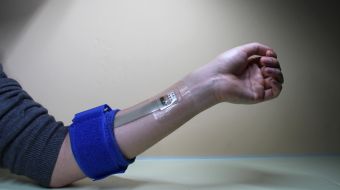 Wearables bring normality to the lives of diabeticsIt’s getting better all the time
Wearables bring normality to the lives of diabeticsIt’s getting better all the time